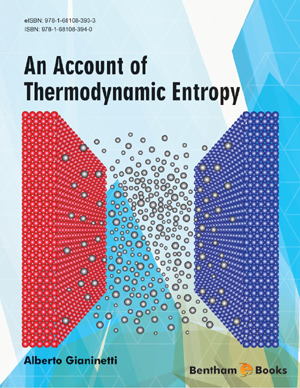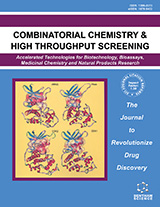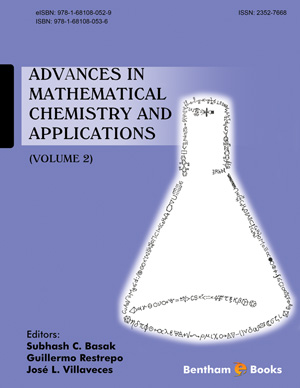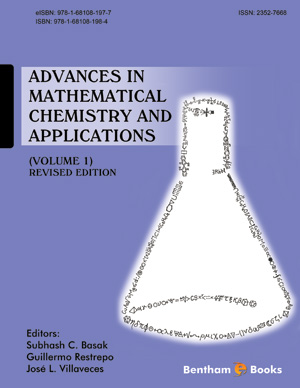Abstract
As a probabilistic law, the second law of thermodynamics needs to be conceptualized in terms of the probabilities of events occurring at the microscopic level. This determines the probability of occurrence for macroscopic phenomena. For the best comprehension of this approach, it is necessary to distinguish between “probabilities”, which are subjective predictions of an expected outcome, and “frequencies”, which are objective observations of that outcome. This distinction is of help to unravel some ambiguities in the interpretation of the second law of thermodynamics.
Keywords: Boltzmann factor, Equal probability, Equiprobability, Frequencies, Gibbs entropy, Isofrequency, Knowledge subjectivity, Maximum entropy, Observation of facts, Predictions, Probabilities, Quantized space, Subject’s uncertainty, Temporal spreading.






















